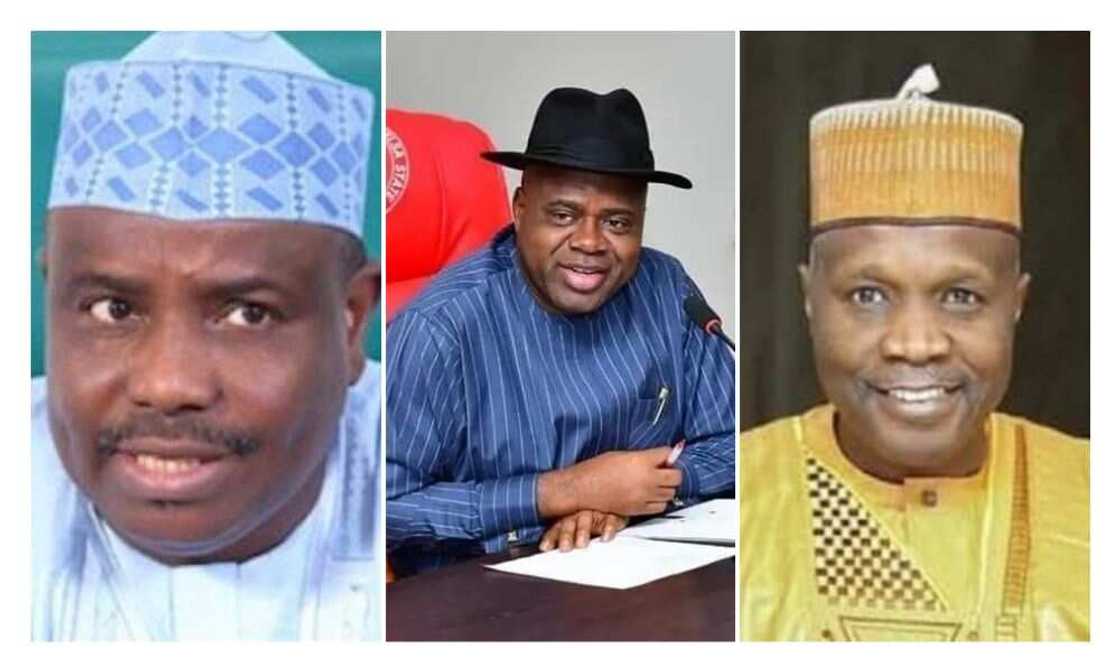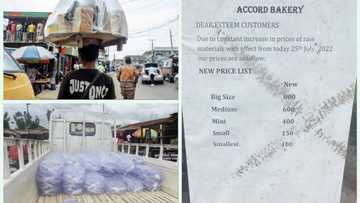7 Things Nigeria’s Poorest States Have in Common as 133 Million People Fall Into Poverty in 2022
- The five poorest states mentioned by the National Bureau of Statistics have a lot of things in common
- Some of the common factors among the five states include money poverty, nutrition, hygiene, food, and security among other things
- The poorest states in Nigeria, as listed by NBS, are Sokoto, Bayelsa, Jigawa and Gombe with multidimensional poverty
The states of Bayelsa, Jigawa, Kebbi and Gombe are Nigeria’s poorest states, according to NBS’s recently released Multidimensional Poverty Index (MPI).
The MPI has four measurements: health, education, living standards, work and shocks. Each metric has its sub-factors capturing the many challenges existing for a better understanding of the policy response.

Source: UGC
Money, education, nutrition top common factors of povety
The states have the highest number of people with monetary poverty, a poor population of more than 90 per cent deprivations in years of education, food security, unemployment, shocks, access to water, nutritional deprivations and the proportion of child population under five years living in all types of poverty.
PAY ATTENTION: Share your outstanding story with our editors! Please reach us through info@corp.legit.ng!
Per the NBS, monetary and non-monetary poverty calculations are required to improve the understanding of the policies needed to address the needs and deprivations faced by poor populations.
Regarding the severity of poverty, Bayelsa, Sokoto, Jigawa, Kebbi, and Gombe states come tops.
BusinessDay report that the indicators used to measure poverty in the states is nutrition, food insecurity, healthcare, school attendance, years of schooling, school lag, water, sanitation, housing materials, cooking fuel, assets, unemployment, underemployment and security shock.
According to NBS, in a federal system of government, it is essential to know the level of poverty by state. Classes of poverty across states vary significantly, with the ratio of the population living in multidimensional poverty ranging from a low of 27 per cent in Ondo to a high of 91 per cent in Sokoto.
Poverty rate in Nigeria by geo-political zone, according to NBS report
Recall that Legit.ng reported that the National Bureau of Statistics (NBS) recently released a report on the poverty rate in Nigeria.
The report shows that about 133 million Nigerians live in poverty, representing 64 per cent of the entire population. The NBS report surpasses the World Bank projection for Nigeria's poverty rate, which says that about 95.1 million Nigerians will fall into the poverty bracket in 2022.
The NBS report states that Nigerians are multi-dimensionally poor, taking into account various aspects of poverty indicators, including money poverty, food poverty, and security.
Source: Legit.ng



